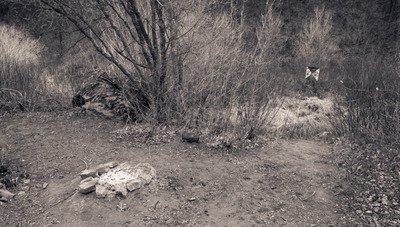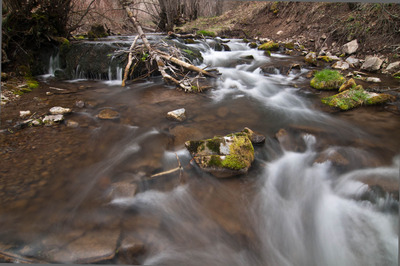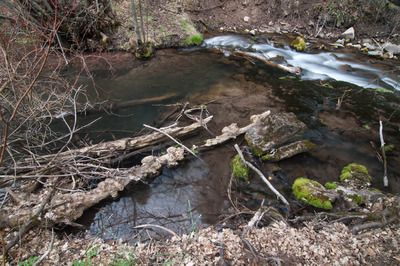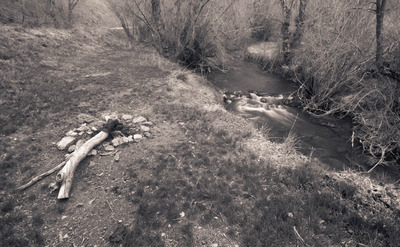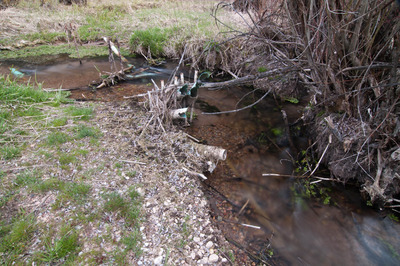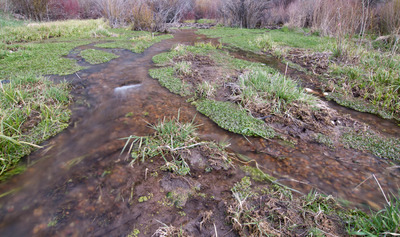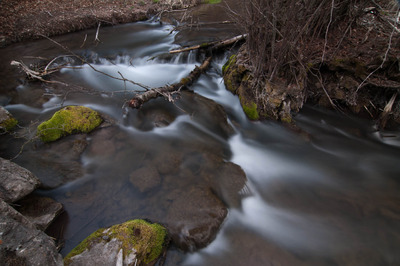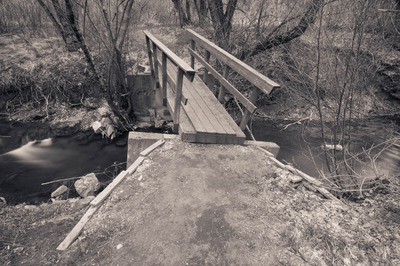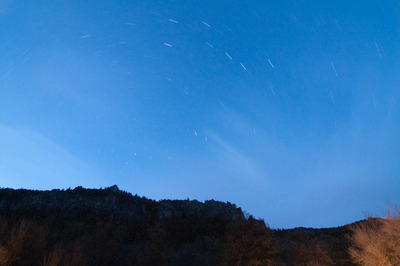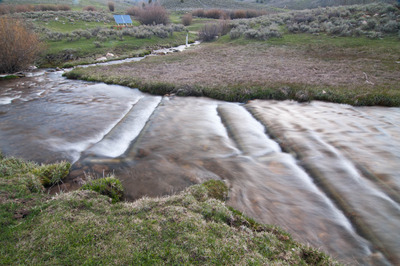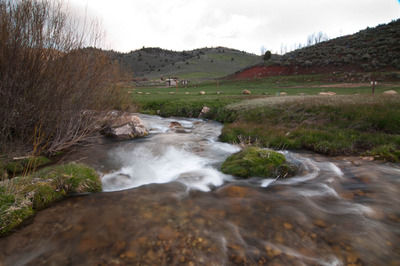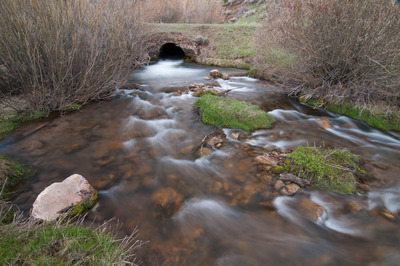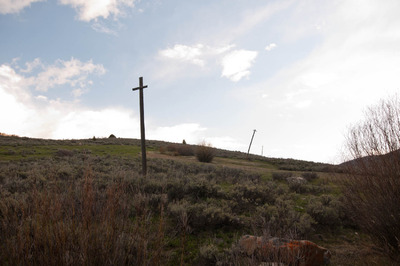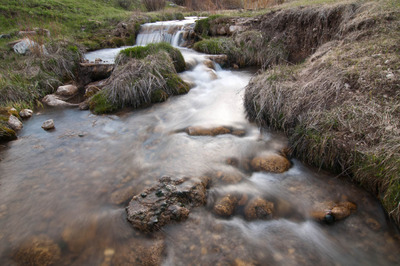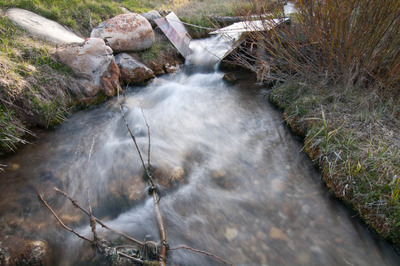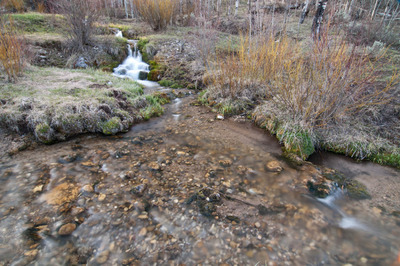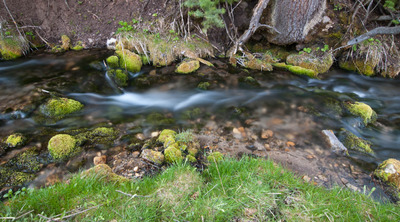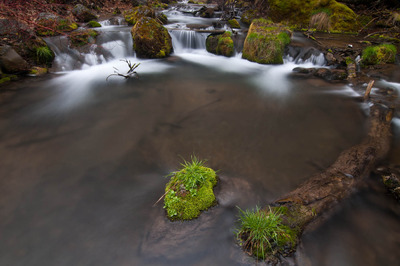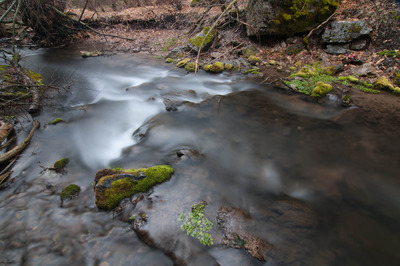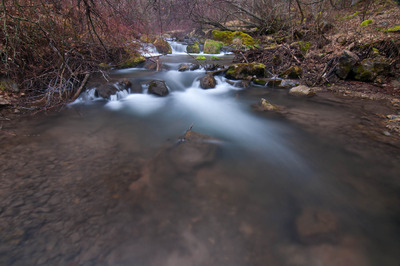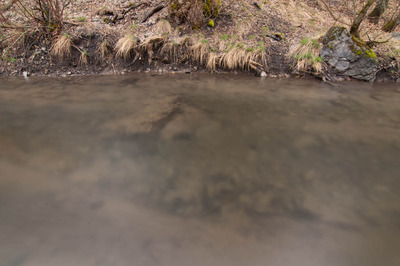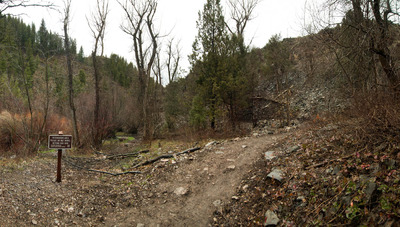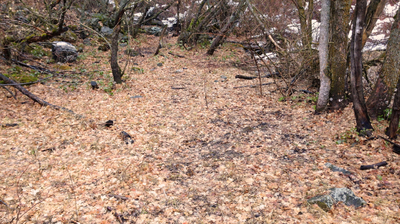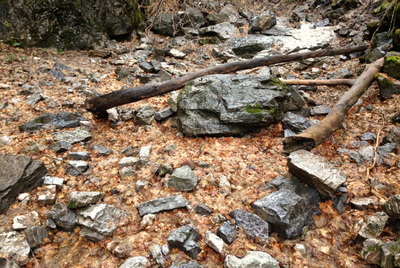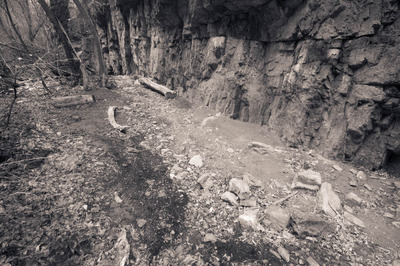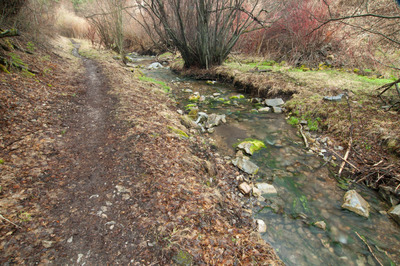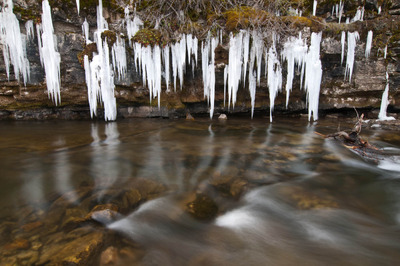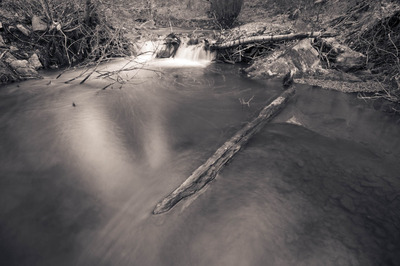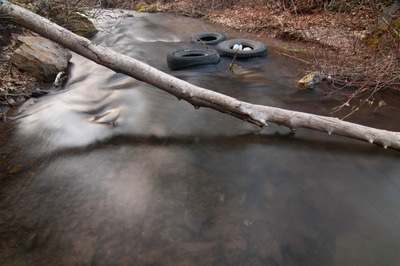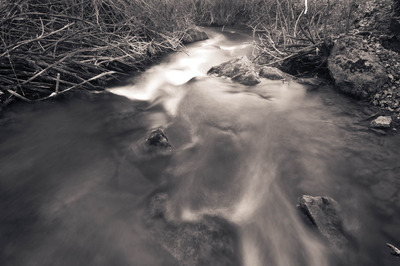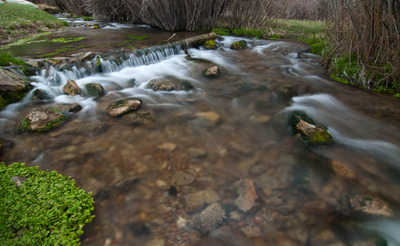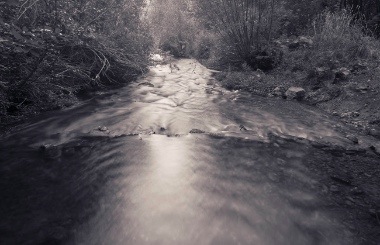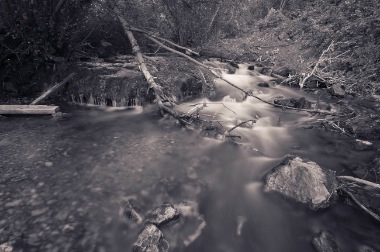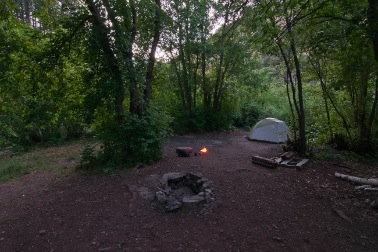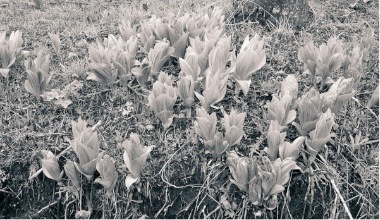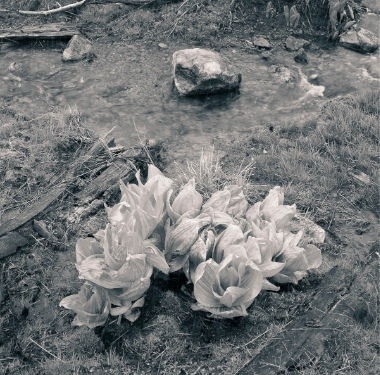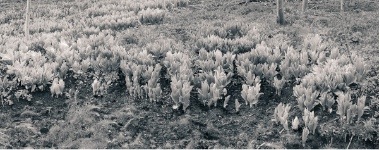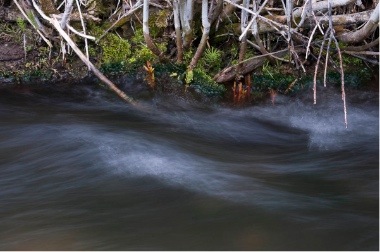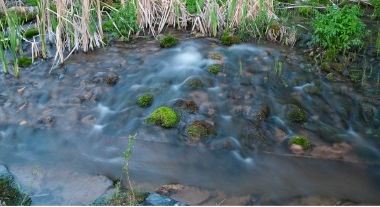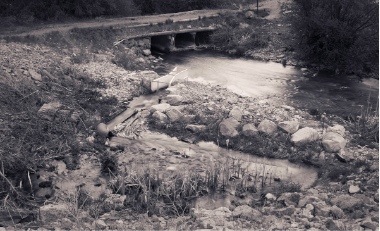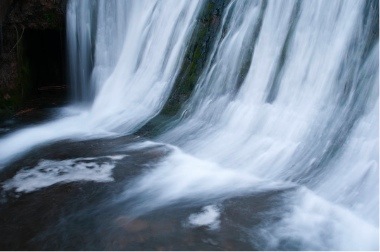Last night I headed up Logan Canyon hoping to find a different spot than up Right Hand Fork, but the few places I had in mind (I wanted to stay down in the lower parts of the canyon) turned out to not be as good a spot for pitching a tent as I thought, so I ended up back in Right Hand Fork Canyon.
When I first got there, I hadn't really planned on photographing, but it didn't take long before I started seeing photographs that I knew I had better make under the unique conditions that had made me see the photographs in the first place. But, for the first time, I think ever, I was not at all pleased with the photographs I made of the stream. In stead, I quite liked the couple I made of the new plants that have begun to grow and turn the place from a drabby brown into a luscious green (ironically both of those photographs I've posted are in black and white).
I've always loved the images in the backpacking and climbing magazines of tents lit up from the inside, and I've always tried, and always failed at replicating them. Last night, after so much trial and error (that you only have one chance in 24 hours to test), I finally came away with one that worked.
Today, I helped out with the Forest Service put a fence back up that keeps the grazing cattle from destroying the terrain of and around Spawn Creek (see my last post). I met up with the group of people helping out at the Temple Fork parking lot, and while I waited, I had to make this photograph (with my phone, since I was too lazy to get the big camera and tripod out) of the lingering clouds that had dumped their rain all night.
Then, on my way back down the canyon back to civilization, I stopped and made this last photograph:
